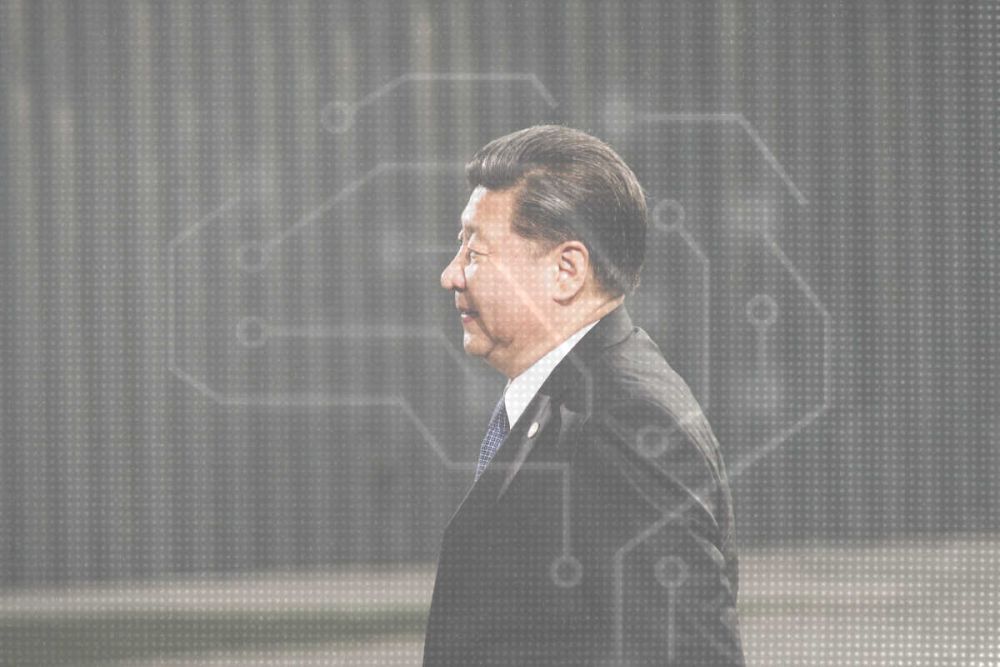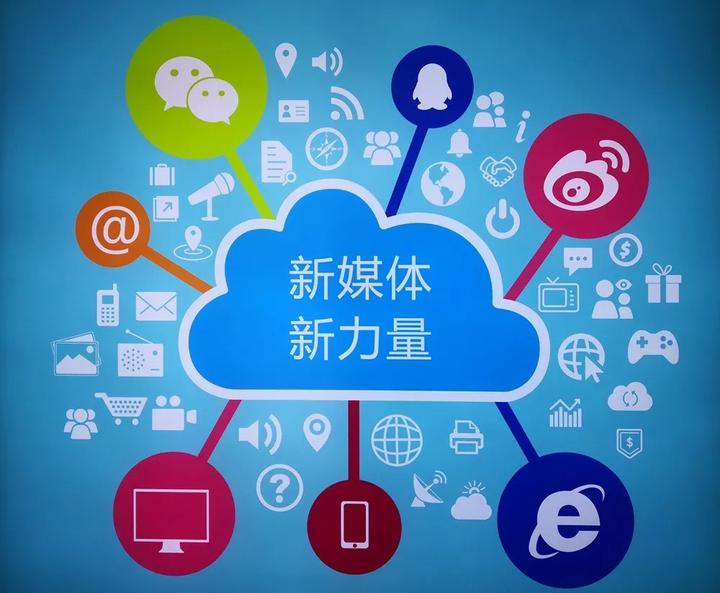Tracking Control
Bringing AI to the Party

Image from COP Paris available at Wikimedia Commons under CC license.
Since its launch five months ago, the artificial intelligence chatbot ChatGPT has prompted intense discussion of its ethical and social implications. It was just a matter of time before a serious political response came from China’s ruling Communist Party.
That response came this week from the Cyberspace Administration of China (CAC), which said in proposed new rules on generative artificial intelligence that content produced by AI “must reflect the core values of socialism and must not contain material that subverts state power.” The draft rules also made clear that users and service providers would be held responsible for the text, images, sounds, and other content generated through AI, and that security assessments would be mandated.
Zhang Xiaogang (张晓刚), a computer engineer in Australia, said the rules, which amounted to “making AI first join the Party” (a reference to Xi Jinping’s broader controls on the media in China), would stymie innovation in the field, resulting in AI with Chinese characteristics that would be “vested more and more with Party spirit” (越来越有党性).
For years now, even as the CCP has actively promoted AI and big data, it has asserted the need for political controls.
How political constraints might shape the development of AI in China is an important and difficult question. But the application of such constraints should not surprise. Nor should we assume that China’s leaders are racing to catch up with the implications of generative AI. For years now, even as the CCP has actively promoted AI and big data, it has asserted the need for political controls.
From the moment of its inception, the political indoctrination of Chinese artificial intelligence was fait accompli. This is a fact writ large in the history of the internet and data regulation in China.
The Party Controls the Data
For nearly 20 years, the phrase “Party control of the media” (党管媒体) has been one of the keystones of the CCP’s conviction that it must maintain political control of information even as the media landscape undergoes a rapid transformation.
While the phrase could be said to have deeper roots in concepts like “Party spirit” reaching back to the Maoist period in the mid-twentieth century, it first appeared in September 2004, when it was included in a plenary decision on strengthening the Party’s “governing capacity.” The concept was closely associated with the notion of “correct public opinion guidance” introduced amid harsh press restrictions in the wake of the 1989 Tiananmen Crackdown, but in the mid-2000s was a response to the rise of a vibrant commercial press, which could sometimes test the bounds, and developments in the internet sector already enabling new forms of user-generated content.
Not surprisingly, the conviction that “Party control of the media cannot change” (党管媒体不能变) has developed in step with technological changes that have radically altered China’s media landscape. And AI is no exception.

In August last year, as China unveiled its new cultural development initiative under the 14th Five-Year Plan (2021-2025), one centerpiece of the plan was the “promotion of high-quality development in the culture industry” — code for the harnessing of new technologies to develop new products and markets. In a subsection on “promoting science and technology to empower the cultural industry,” the plan said:
[We must] implement the integrated development of publishing, the [technological] upgrading of film production, smart manufacturing in printing, the construction of large audiovisual industrial chains, and other engineering projects that can guide and encourage cultural enterprises to utilize big data, 5G, cloud computing, artificial intelligence, blockchain, ultra-high definition, and other new technologies to transform and upgrade the industry chain, promote the modernization of content production and means of dissemination, and reshape the cultural development model.
AI was not an unwelcome disruption, a weed in the well-tended garden of Party-controlled cultural output. It was the future. And the leadership was counting on it.
But the conditions were also clear. The first line under an opening section of the document on “work principles” made plain that all of the initiatives to follow would unfold under political constraints.
[We must] adhere to the comprehensive leadership of the Party. [We must] adhere to and improve the Party’s institutional mechanisms for leading cultural development, implementing the principles of Party-controlled propaganda, Party-controlled ideology and Party-controlled media, implementing the Party’s leadership in all aspects of propaganda, ideology and cultural work, and providing a fundamental guarantee for the realization of high-quality cultural development.
Empowerment and restraint. This dynamic has been at the heart of media and information in China since the first tentative reforms in the late 1970s. To re-appropriate Deng Xiaoping’s famous phrase, the leadership has been crossing the Rubicon of media development while feeling the stones.

The leadership has also transformed at every juncture the discursive terms of control.
In the July 2022 edition of the People’s Tribune (人民论坛), published by the People’s Daily, Huang Chuxin (黄楚新), the director of the Digital Media Research Center under the Chinese Academy of Social Sciences, wrote that the concept of “Party-controlled media” (党管媒体) had to change in the face of ongoing technological and geopolitical challenges — what Xi Jinping has broadly referred to as the “new situation”:
With the continuous promotion of China’s comprehensive deepening reform and the rise of emerging technologies such as big data, 5G, artificial intelligence, and blockchain, the arrangements of the national governance system have been adjusted, and the [concept and practice of] “party-controlled media” has been challenged from the inside out by the new situation.
In light of these changes, said Huang, which were “an inevitable trend,” the Party should transition to the concept of “Party-controlled data,” or dangguan shuju (党管数据).
“Currently, China’s data industry development is in a new stage of innovation and transformation, and technology-driven journalism in China is facing serious challenges brought by the new industry pattern,” he concluded. “[The transition] from ‘Party-controlled media’ to ‘Party-controlled data’ would change the actual grounding and real agenda of the Party’s press work in the digital era.”
Huang’s idea was to re-ground what was essentially an outdated notion of press control in a new understanding of how people (and machines?) generate and disseminate information in all of its forms in the third decade of the 21st century.
In fact, this is a key aspect of what China’s leaders mean when they talk about “innovation.” Sure, innovation is about everything it generally calls to mind — about new ideas that transform our products, markets, and way of life. But in China, it is also about revolutionizing the mechanisms of governance and control to preserve the most basic nature of politics: the rule of the Chinese Communist Party.
Generative AI will certainly bring surprises. Its encounter with the CCP’s deep tradition of public opinion control and propaganda will be an important drama to watch as it unfolds. But we should not expect any dramatic plot shifts — not if the history of media development is any indication of the future.
Welcome to the era of Party-controlled AI.




















